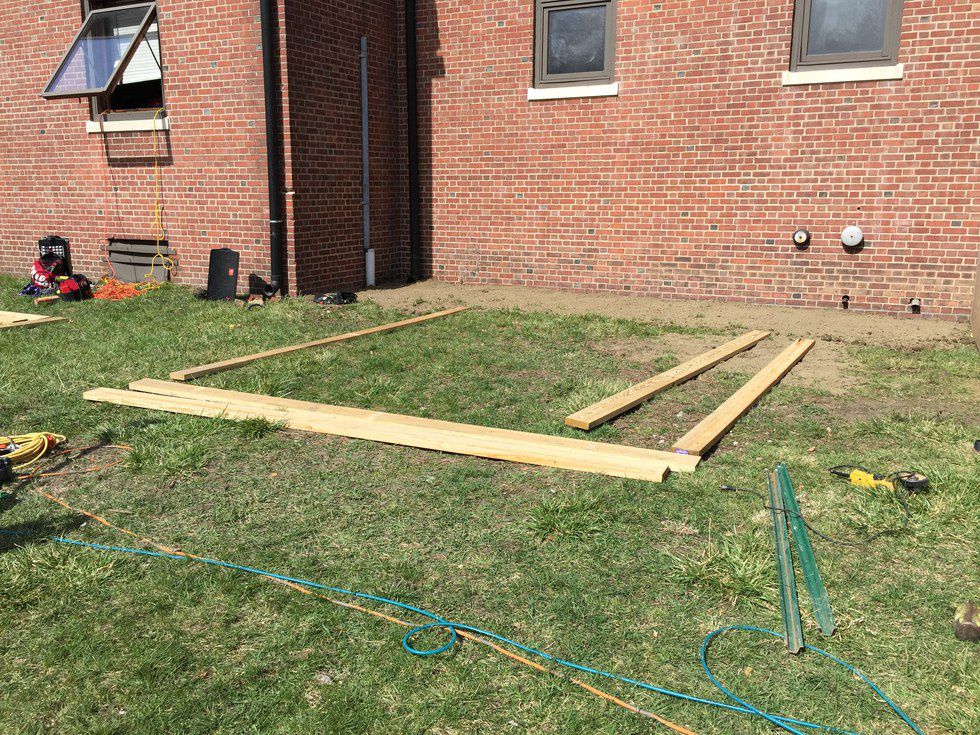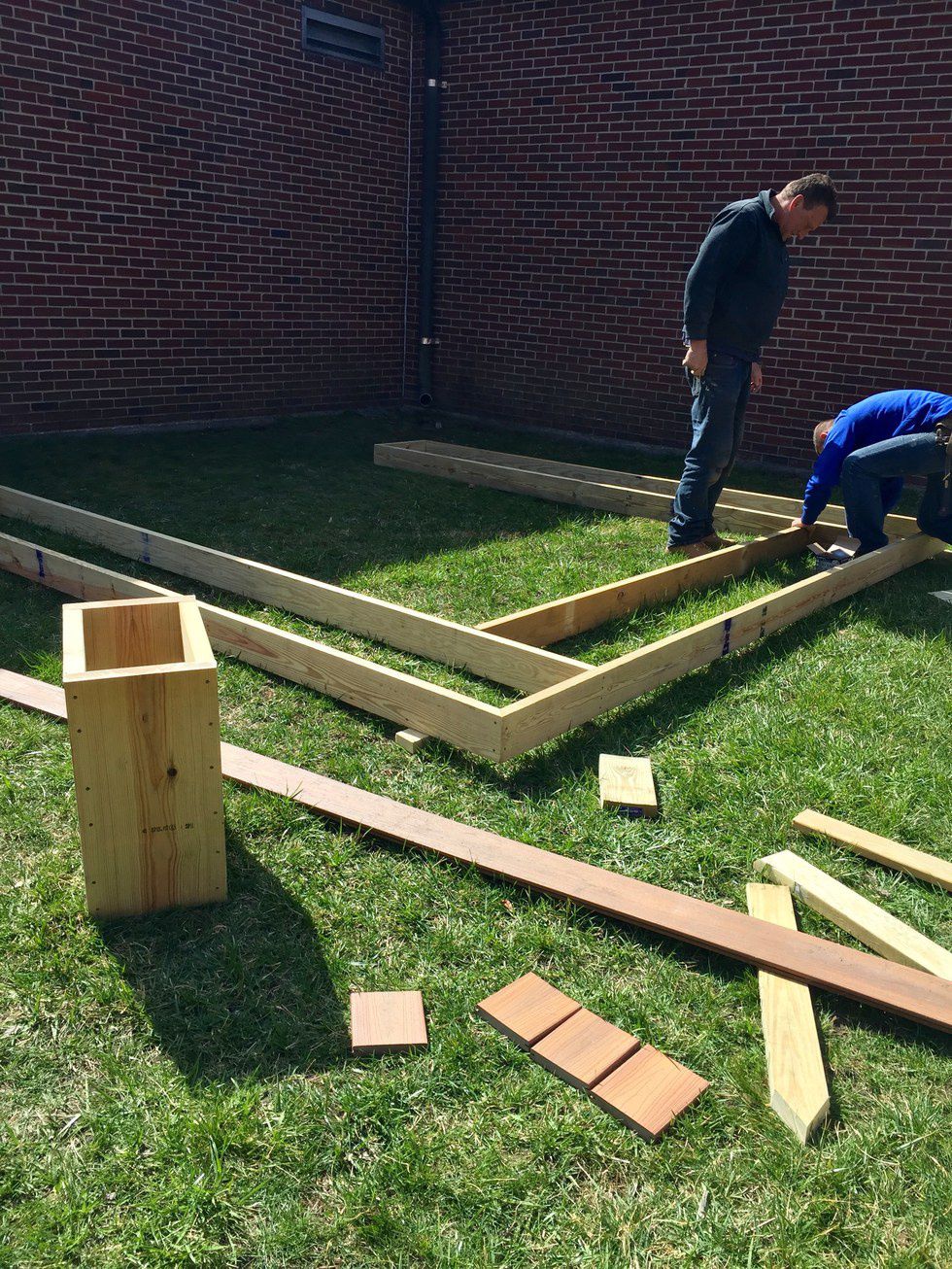I spent my first day of spring break volunteering through Grace Community Farms to help build three outdoor classrooms in Connecticut. Not only was the experience rewarding, but it got me thinking. What is it like to have daily classes outside? I had always seen outdoor classrooms on television shows or movies, but never thought it was a reality, until now.
Think back to when you were in grade school, and all you looked forward to was recess. You would count down the minutes until you were released to go play in the sun. Imagine how different grade school would have been if your classroom was outside.
I have always had the same mindset about classrooms. Students sit at their desks and pay attention to their teacher. They are given homework and exams to measure if they understand the subject or not. Rarely do they work together in groups, have discussions or play games. However this is all changing for the students of South Street Elementary School in Danbury, Connecticut.
I did research on the effects of outdoor classrooms on students and found compelling results. According to Orion and Hofstein (1994), there are three types of learning environments: the traditional classroom; the laboratory; and the outdoors. Seventy percent of students are in the indoor learning classroom environment. Only 30 percent of students are part of the outdoor classroom and laboratory activity.
Why should schools start to transition students to outdoor classrooms?
1. Helps develop their large motor skills
We all remember those kids who would never share. Whether is was their goldfish, glue-stick, scissors or even friends. By working outside the activities, you do encourage students to work together and problem solve. They start learning life skill of leadership in group settings. They learn how to share their opinion, listen to others, and then act on it.
2. Helps prevent diseases
Nowadays, childhood obesity is becoming even more of a problem. Kids are so drawn to technology, they end up spending most of their time glued in front of some sort of screen. By having classrooms outside it allows students to be more physical.
3. Sparks the imagination
Allowing more outside time sparks students' interest in nature. This leads to imagination and creativity. They create new games to play for themselves instead of playing games on their iPads. They are starting to go outside more, rather than be attached to technology.
4. Applies the curriculum
Teachers now use the outdoors to make the curriculum come alive. They can set up a coordinate grid in a flower bed. How does this relate to their curriculum? They learn volume, perimeter and measurement hands-on, simple math!
5. Reduces aggressive behavior and personal isolation
With the students being outside most of the day, they work together more in a group process instead of individually. In a traditional classroom you tend to work alone and can cause anxiety and personal isolation.
Were you part of the 30 percent of students who learned in an outdoor classroom? Unfortunately, I was not. But that doesn’t mean it can stop me now. After spending my first day of spring break volunteering so that these students could have this unique experience, it’s definitely an eye opener to my own habits. While I may not be able to convince my professors to hold class outside, I can do it on my own time by choosing to study outside!




















